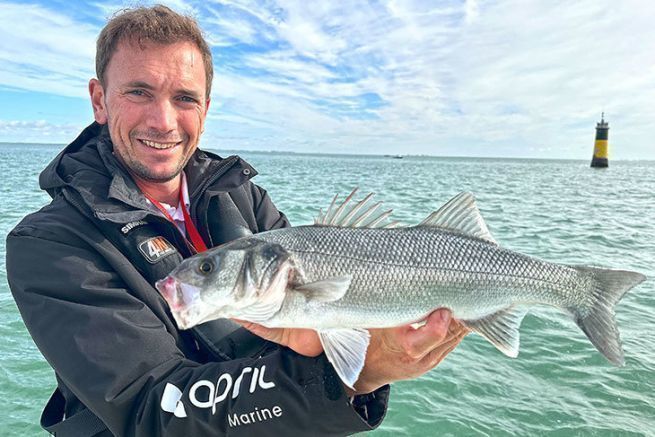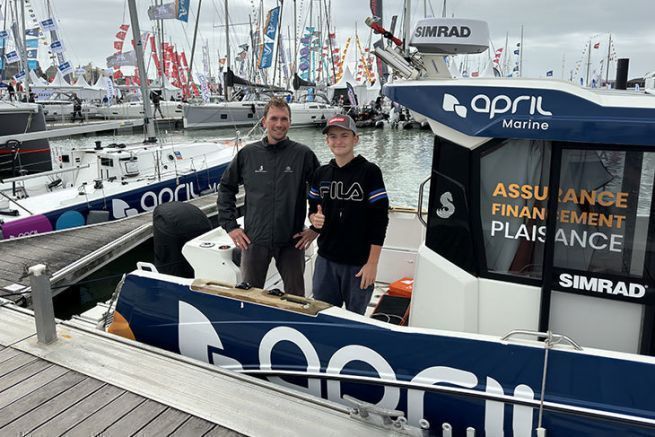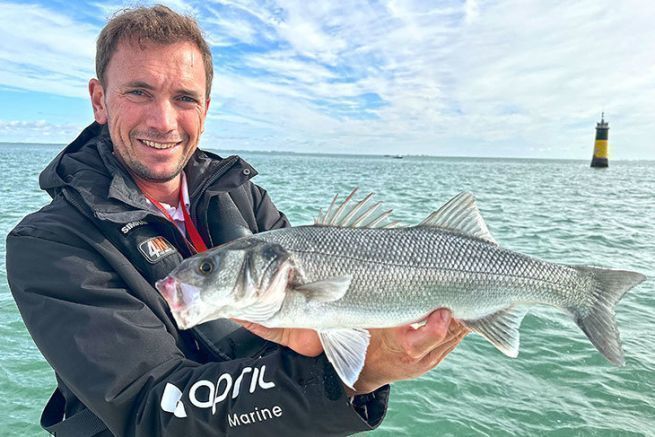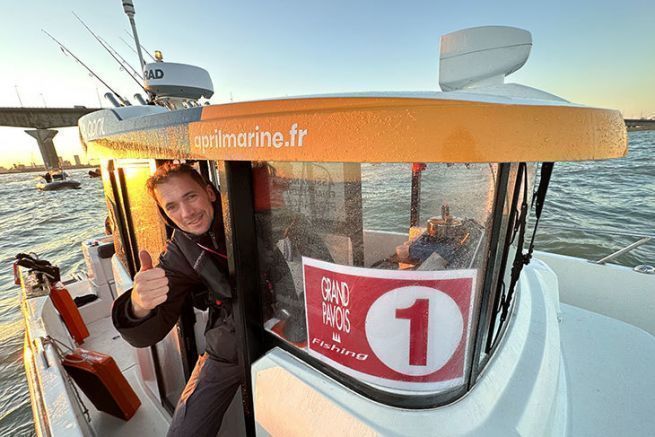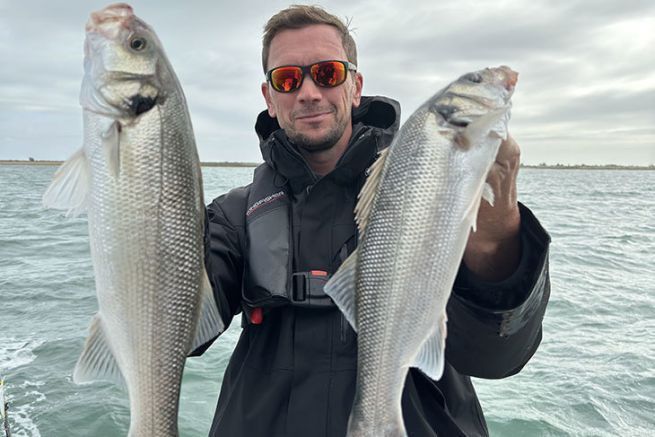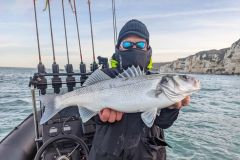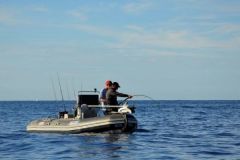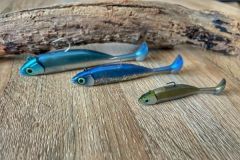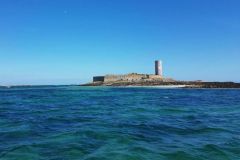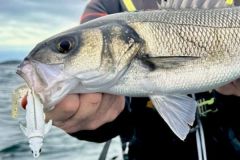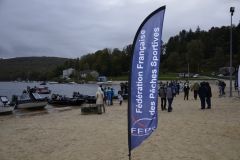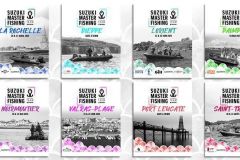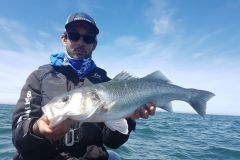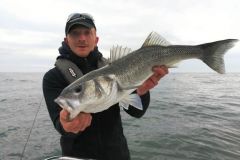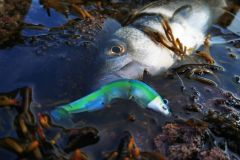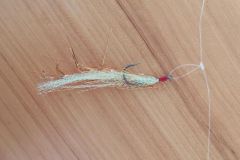We have moored the boat and have, in theory, Thursday and Friday to scout the area. The Grand Pavois Fishing competition takes place in front of La Rochelle. At the exit of the harbor is the island of Ré facing west. You have to choose between a left or right turn of the island.
Two fishing options: the Antioch Channel and the Breton Channel
The area with the most fish is the south of the island of Ré, in other words the Pertuis d'Antioche. In this area, there are drop-offs, rocks, especially in Chassiron, and many other bass spots. To the north of the island, there is the retreat area. It is the Pertuis Breton, less rich in reliefs and spots.
A capricious weather forecast which presages a downturn
Only the weather is very average and we can expect at least one round on the fallback zone. I have to take a journalist on board on Thursday to present the Simrad range.
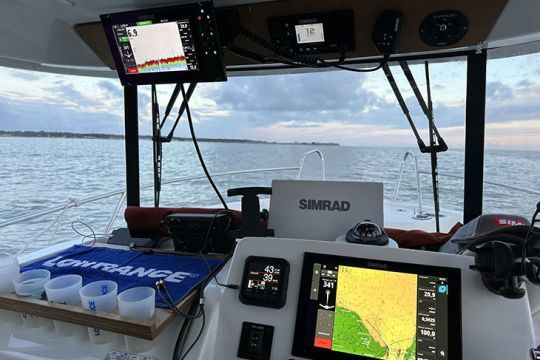
It is the occasion to do some prefishing, as we say in the jargon of the fishermen. I'm heading for the fallback zone. This year I am teamed up with Bastian, a mechanic at QG Nautic in Dieppe and Frédéric, a lure fishing enthusiast from La Rochelle. Frédéric is not used to the northern zone and we go on an adventure of sorts. We pass under the bridge of the Ile de Ré and start by going to see the oyster beds.
Prefishing in a fallback area on the Pertuis Breton
First observation, the water is loaded. We combed the top of the parks with swimming fishes, not much diving or surface. Nothing of nothing, we pass our way.
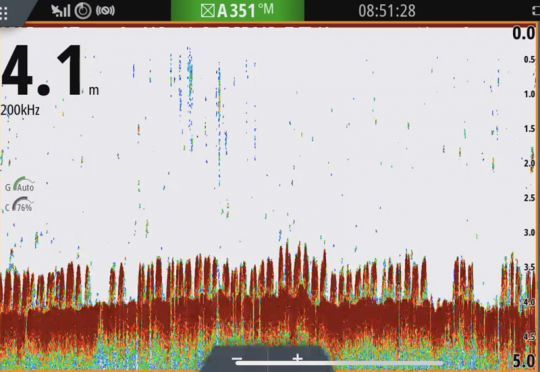
We join the shallows that we paint with small shads of 10 cm with little lead. This time we are getting hits. The bass are biting timidly and at an irregular pace. The fishing is not easy, it is even very complicated to touch the mesh bass! The water is a little loaded, but clear enough to try translucent colors.
It is the white glittery, translucent belly, which seems the most effective and allows us to take a first bar mesh.
Small receptive bars, difficult mesh bars
Here is the first observation: the sea bass are there, some echoes appear on the sounder, but the weak current and the shallow depth make the conditions difficult. We touched some bass, but the sizes are really average! We have to lower our objectives. The challenge is not going to be to make a quota, but to touch some sea bass.
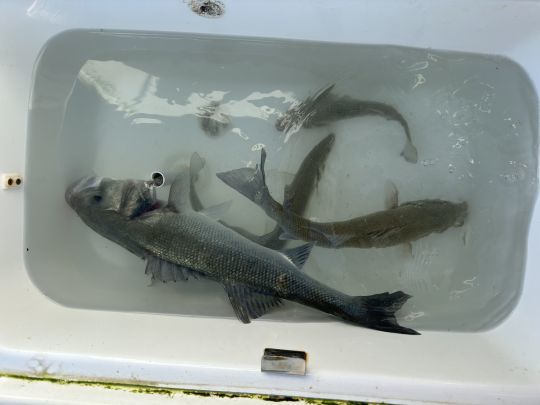
For our report on Simrad electronics, mission accomplished. The scouting is also interesting, but foreshadows a difficult competition. During our fishing, the competition organization suggests an early first run: we move from Saturday to Friday. All competitors accept and adapt to the situation. I have to adjust my appointments for the next day and we will have had only one morning of scouting.
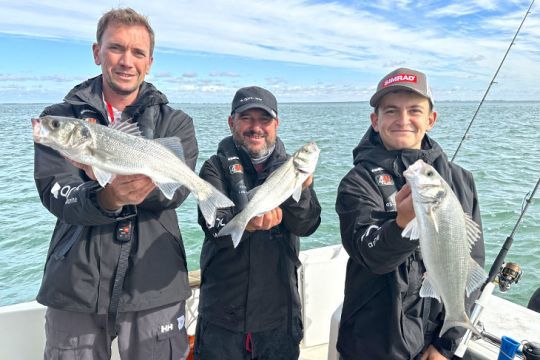
We came back to the oyster beds and touched some sea bass with swimming fish, but nothing mesh! We are nevertheless satisfied with this day of discovery and we debrief in the evening for the plan of attack of the first round planned for the next day.
In summary, we plan to have new swimming fish pens at the end of the current, high water at the reversal of the current and other pens at mid-tide.
